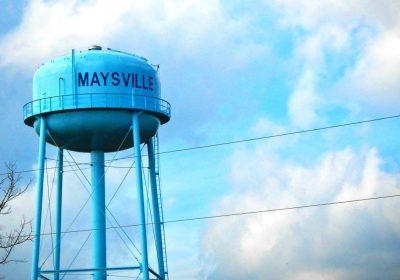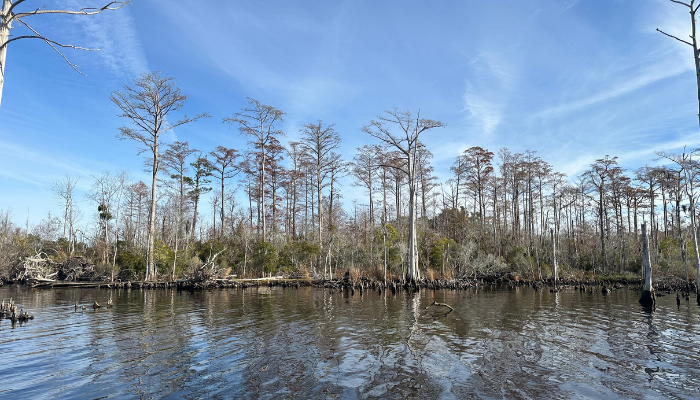MAYSVILLE – In a precautionary move Monday, the town switched to Jones County Water as its source after officials learned man-made contaminants were detected in samples from the town well.

The town government is set to hold a special session at 7 p.m. Thursday at the town hall to discuss the high levels of per- and polyfluoroalkyl substances, or PFAS, detected in the samples from the town well, which is no longer online.
Supporter Spotlight
The town’s well draws water from the Castle-Hayne Aquifer at a depth of 300 feet, producing around 70,000 gallons of fresh water daily for about 450 customers.
Town officials in a press release said that the state PFAS Testing Network had analyzed a sample from the Maysville well May 7 for 55 types of PFAS and detected a combination of perfluorooctanoic acid, or PFOA, and perfluorooctane sulfonic acid, or PFOS.
PFOA substances were detected at a level of 103 parts per trillion and PFOS was detected at a concentration greater than 70 ppt. Perfluorohexane sulfonic acid, or PFHxS, was also detected, with a concentration of about 100 ppt.
The Environmental Protection Agency’s recommended lifetime health advisory levels is 70 ppt in drinking water for PFOA, PFOS and the combination PFOA and PFOS.
In response to receiving the PFAST Network results that showed the high levels of PFOA and PFOS, the town decided to perform additional testing, which also showed PFOS and the combination of PFOA and PFOS above 70 ppt and PFHxS above 90 ppt.
Supporter Spotlight
The compounds, which have been used in industry and consumer products worldwide since the 1950s, are found in nonstick cookware, water-repellent clothing, stain-resistant fabrics and carpets, some cosmetics, some firefighting foams and products that resist grease, water and oil.
“We have consulted with water experts within the state to make sure we are doing the right thing for our community,” Town Manager Schumata Brown said in a statement.
Officials said the test results came as a surprise.
“We do test our finished water, after it’s been treated, regularly,” Brown continued. “We are not like Wilmington, with heavy industry that uses these chemicals in production, and we do not have a fire fighting training center that uses fire fighting foam so having the tests show a high level of PFAS raises concerns.”
Town officials said they will be working with state and federal government experts to identify the best solutions available, pinpoint the source of PFAS contamination and determine the best way to filter the substances from the water. Some of those experts were expected to attend the meeting Thursday.
Officials said they had also been working with state legislators to secure funding “to remediate the PFAS levels immediately.”
A sample taken May 20 by Environmental Chemists Inc. and tested by Northern Lake Service Inc.’s Analytical Laboratory and Environmental Service, of Camden, Wisconsin, showed similar results, with 159 ppt versus 154 ppt for PFOS. The town was waiting for the results of samples taken by another water quality testing firm, Enthalpy Analytical, which collected samples May 24.
The initial results were verified through repeat analysis at a lab at the Nicholas School of the Environment at Duke University, as well as by independent measurement by professor Detlef Knappe’s laboratory at N.C. State University, according to the town. But town officials said they were advised that the results should be viewed as “preliminary.”








